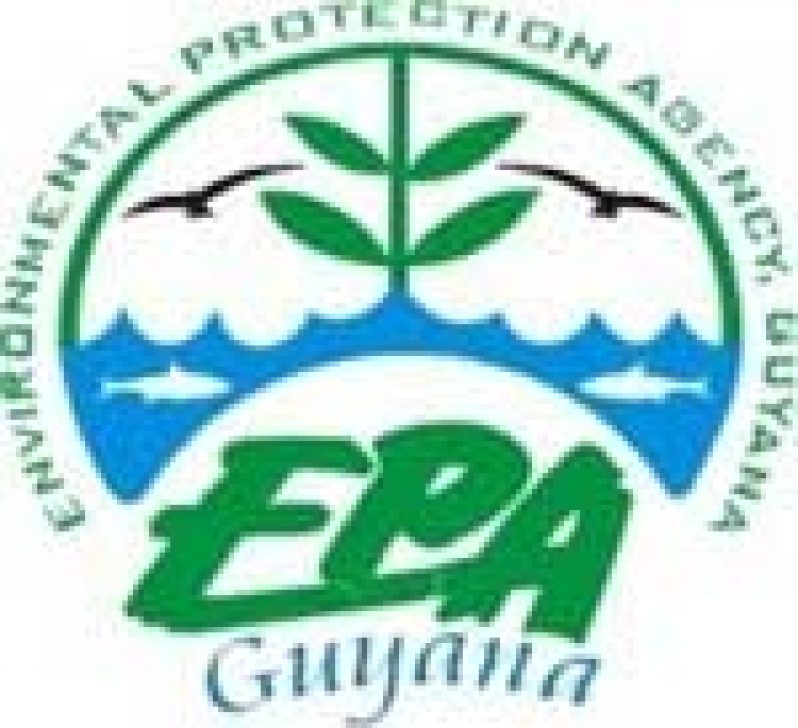LAND degradation, which is basically a reduction in the quality of soils and land, is an ever increasing problem that is affecting persons all around the globe. Land degradation is caused by both human and natural factors and negatively impacts food production, livelihoods, and the production and provision of other ecosystem goods and services.
 While this problem is more notable in some places than others, it still is one of the greatest environmental challenges. Recognizing the magnitude of this problem, the United Nations established the United Nations Convention to Combat Desertification (UNCCD) in 1994, linking environment and development to sustainable land management. The Convention addresses specifically the arid, semi-arid and dry sub-humid areas, known as the drylands, where some of the most vulnerable ecosystems and peoples can be found. Under the UNCCD, World Day to Combat Desertification and Drought (WDDD) is celebrated each year on June 17. This Day is observed to highlight the urgent need to curb the desertification process. It also aims to strengthen the visibility of drylands issue on the international environmental agenda.
While this problem is more notable in some places than others, it still is one of the greatest environmental challenges. Recognizing the magnitude of this problem, the United Nations established the United Nations Convention to Combat Desertification (UNCCD) in 1994, linking environment and development to sustainable land management. The Convention addresses specifically the arid, semi-arid and dry sub-humid areas, known as the drylands, where some of the most vulnerable ecosystems and peoples can be found. Under the UNCCD, World Day to Combat Desertification and Drought (WDDD) is celebrated each year on June 17. This Day is observed to highlight the urgent need to curb the desertification process. It also aims to strengthen the visibility of drylands issue on the international environmental agenda.
This year, World Day to Combat Desertification and Drought is being celebrated under the theme ‘Don’t let your future dry up,’ lending support to the International theme for the year: Water Cooperation. The WDDD theme highlights the fact that we are all responsible for the conservation and sustainable use of water and land. It calls for everyone to take action to promote vigilance and resilience to water scarcity, desertification and 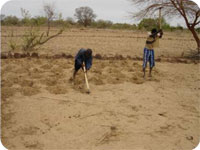 drought.
drought.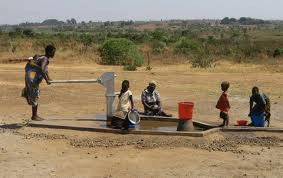
Land degradation in Guyana
Land degradation occurs all over the world in a variety of ecosystems such as; deserts, forests, grasslands, rainforest and flood plains, among others. Land degradation is also occurring right here in Guyana and it occurs in all four geographical regions. The main sources of land degradation are:
- Industrial activity – Sectors such as mining, forestry and agriculture through unsustainable practices alter the structure and composition of the land.
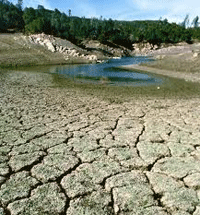
- Human settlement – The land can also be degraded through expansion of urban areas and the issues associated with settlement patterns such as destruction of ecosystems and improper solid waste disposal.
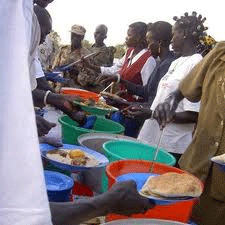
- Gove
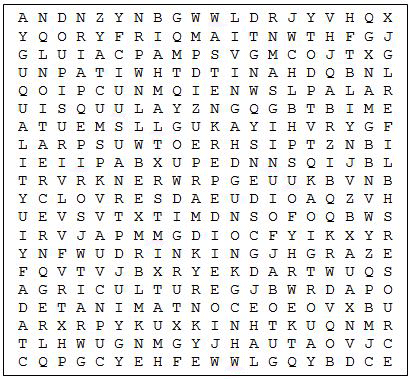 rnance issues – Weak or inadequate legislative, policy, monitoring and enforcement frameworks, have led to exploitation and unsustainable use of resources.
rnance issues – Weak or inadequate legislative, policy, monitoring and enforcement frameworks, have led to exploitation and unsustainable use of resources. - Natural phenomena – Naturally occurring events such as floods, drought and now, human induced climate change continues to
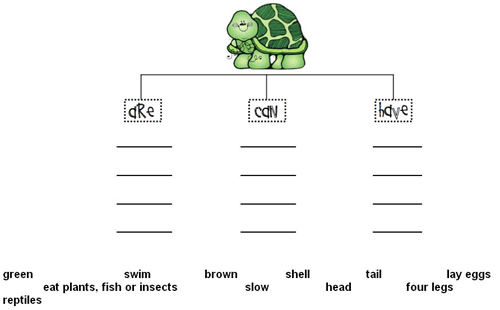 impoverish our soil and degrade our lands.
impoverish our soil and degrade our lands. - Increasing consumption, production and globalization – To meet the ever increasing demand for goods and services due to an increasing population, natural resources are being over exploited.
- Economic Policy distortions – Unbalanced taxes and subsidies lead to unbalance impacts on the market through distortion of “real” pricing and therefore influence customer demand.

The way forward
Land degradation is a serious threat to species survival and ultimately our survival; it significantly decreases the amount of the healthy land and its’ associated services.
Guyana’s National Action Programme to Combat Land Degradation (2006) calls for increased capacity (skills, knowledge and technology) to combat land degradation. Hence, the Capacity Development and Mainstreaming for Sustainable Land Management (SLM) Project, implemented under UNDP-GEF has produced a ‘Teachers’ kit on Sustainable Land Management and Land Degradation. The kit is designed to empower teachers and students with the requisite knowledge, skills and practical tools to effectively address social, economic and environmental issues to curb the problem of unsustainable land use practices. In addition, Guyana is in the process of finalizing its draft National Land Use Plan which will significantly curb the unsustainable land use practices.
Sources:
http://www.unccd.int/Lists/SiteDocumentLibrary/WDCD/DLDD%20Facts.pdf
Capacity Development and Mainstreaming for Sustainable Land Management Project, March 2012.
For more information on WDDD 2013 log onto:
http://www.un.org/en/events/desertificationday/index.shtml
Kids Activity
o Try to identify which Aridity Zone Guyana belongs to on the map below. Also try to locate countries that are in arid regions.
o Select ten (10) words that symbolize desert. Write a poem using these ten words.
You can share your ideas and questions by sending your letters to: “The Earth Our Environment”, C/O EIT Division. Environmental Protection Agency, Ganges Street, Sophia, GEORGETOWN or email us at eit.epaguyana@gmail.com



.jpg)



